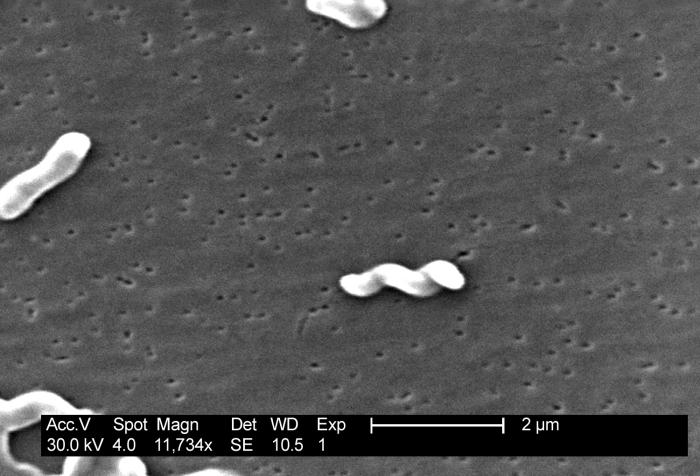- Species
- Tools
- Expression Profiles
- Compare profiles
- Create heatmap
- Export expression levels
- Expression Specificity
- Compare specificities
- Find specific profiles
- Co-expression Networks
- Create custom network
- Find enriched clusters
- Search

Campylobacter jejuni is in a genus of bacteria that is among the most common causes of bacterial infections in humans worldwide. Campylobacter means "curved rod", deriving from the Greek kampylos (curved) and baktron (rod). Of its many species, C. jejuni is considered one of the most important from both a microbiological and public health perspective.
C. jejuni is commonly associated with poultry, and is also commonly found in animal feces. Campylobacter is a helical-shaped, non-spore-forming, Gram-negative, microaerophilic, nonfermenting motile bacterium with a single flagellum at one or both poles, which are also oxidase-positive and grow optimally at 37 to 42 °C. When exposed to atmospheric oxygen, C. jejuni is able to change into a coccal form. This species of pathogenic bacteria is one of the most common causes of human gastroenteritis in the world. [From Wikipedia]